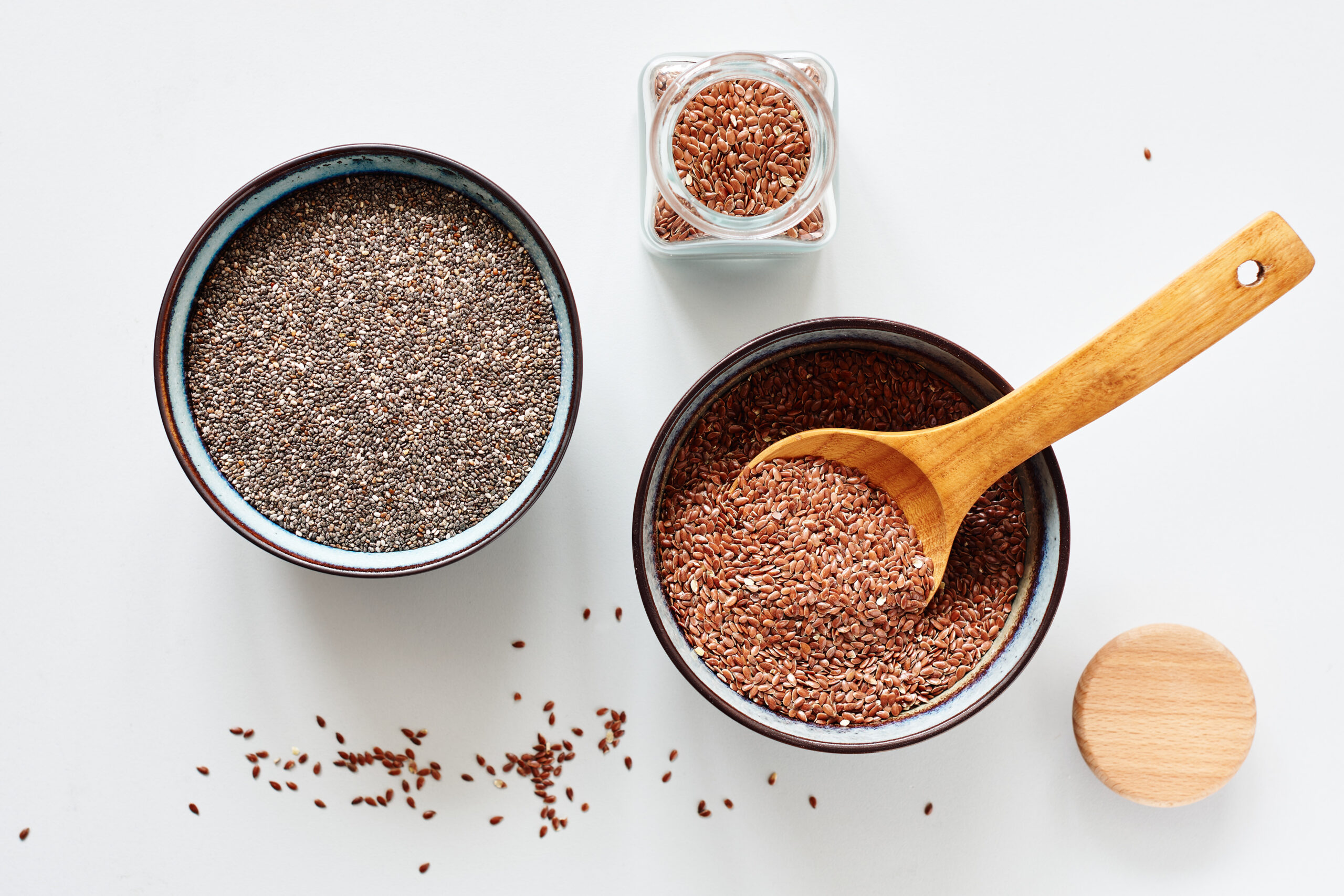
Nutrient boosters are practical options that dance educators can include in their daily meal plans. These convenient foods help to fill nutrient gaps that might exist when eating routines come second to busy schedules. Seeds are one such example, offering a versatile and allergy-friendly option. And compared to other foods with similar nutrient profiles, like nuts and nut butters, seeds can be a more economical inclusion to your eating routine.
Even when eaten on their own, seeds are a naturally balanced food equipped with fibrous carbohydrates, unsaturated fats and protein. These unique characteristics make seeds a go-to addition for even your busiest of days.
Let’s dive into three types of seeds and how you can add these nutrient powerhouses to your meals and snacks in a way that supports your teaching schedule.
Flaxseed
Flaxseed is rich in lignans, powerful phytochemicals known for their antioxidant characteristics. It’s also a potent source of ALA, an omega-3 fatty acid that converts into EPA and DHA in small amounts in the body. Research suggests that both EPA and DHA support heart health and brain health. But these benefits are mostly seen with milled flaxseed, rather than the whole seed.
Meal plan booster: With a faint flavor but nutty texture, flaxseed pairs well with ready-to-eat cereals and oatmeal, in yogurt, and mixed into smoothies. Another reason to stock it? It acts as a binder in baking recipes and can be used as an egg replacement for those with an allergy.
Chia Seed
Like flaxseeds, chia seeds are rich in fiber and unsaturated fats. But here’s where they’re different: The nutrients in chia seeds are available even without grinding before eating. Chia is considered an ancient grain, originating from Mexico and Guatemala. The specific type of fiber soluble. Soluble fiber is known to promote fullness between meals, aid in digestive regularity and help with maintaining steady energy levels after eating. Another benefit of chia is its calcium content, which is extra-beneficial for educators needing to prioritize bone health.
Meal plan booster: Adding chia seeds to your meal plan can be simple. Add crunch by sprinkling atop a salad or into your oatmeal. Chia seed pudding is a popular recipe that can be prepared ahead of time and packed for long mornings at the studio.
Pumpkin Seed (Pepita)
Pumpkin seeds offer comparable amounts of plant-based protein per serving when compared to other grains and legumes. And since they can be snacked on without prior preparation, pumpkinseeds offer an extremely accessible option even on their own, like when you need to grab a quick snack between classes. The boost in protein from pumpkin seeds not only supports muscle protein synthesis after exercise, it also helps to keep you feeling full until your next meal or snack. Pumpkin seeds are also rich in vitamin E, vitamin B12 and iron, making them a helpful addition for educators who prefer plant-based foods.
Meal plan booster: Pumpkin seeds add a more unique, earthy flavor to recipes, so you’ll have to be a bit more creative when adding them to your day. When added to savory dishes like toasts or salads, they offer a satisfying crunch. Pumpkin seeds are also an allergy-friendly swap for nuts in trail mix.
Boosting the nutrient profile of your meals and snacks doesn’t have to be complex nor time-consuming. A simple sprinkle of any or all these options can offer you a spectrum of macronutrients and micronutrients to support your work inside the studio and out.





